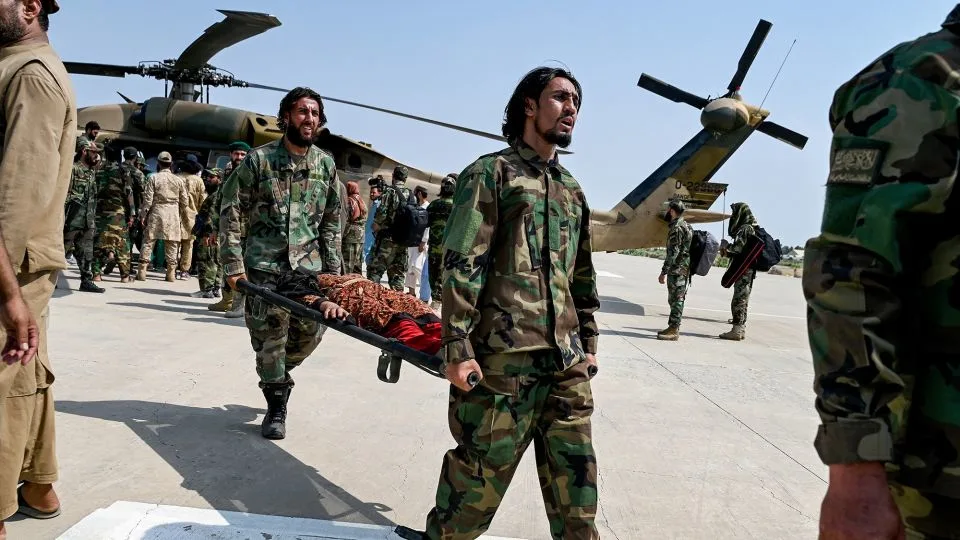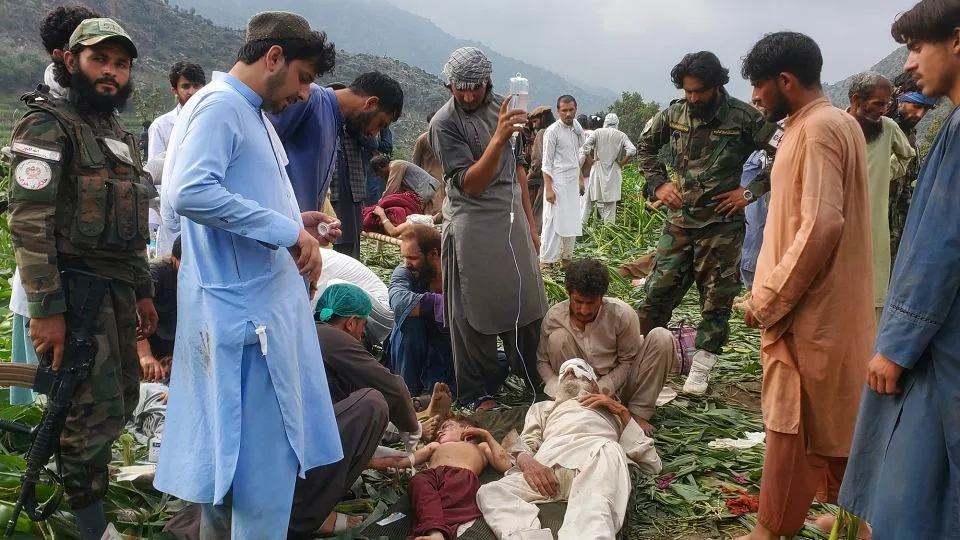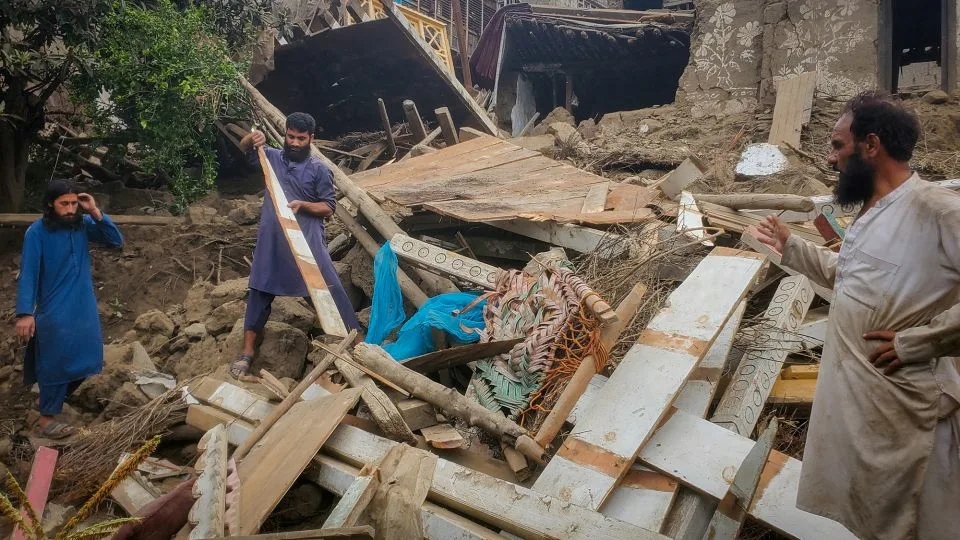A powerful earthquake struck eastern Afghanistan late Sunday, killing more than 800 people and injuring over 2,800, according to Taliban officials. The 6.0-magnitude tremor, centered northeast of Jalalabad near the Pakistan border, flattened entire villages and triggered landslides that cut off key access routes. Rescue teams scrambled through rubble and mud as survivors searched desperately for missing relatives.

Kunar Province was among the hardest hit, with three villages completely destroyed. Eyewitnesses described frantic scenes of residents clawing through debris with bare hands and makeshift tools while awaiting delayed emergency aid. Military aircraft ferried hundreds of casualties to hospitals, though damaged infrastructure and aftershocks—some as strong as 5.2—hampered rescue efforts.
The United States Geological Survey estimated that nearly half a million people experienced strong to severe shaking, particularly dangerous in Afghanistan where many structures are poorly constructed. The human toll quickly became visible: families trapped beneath collapsed homes, children pulled from rubble, and survivors recounting the loss of entire households.

International agencies, including the United Nations and the International Rescue Committee (IRC), voiced alarm over the disaster’s impact on a country already grappling with severe food shortages, a collapsing health system, and dwindling foreign aid. “We are profoundly fearful of the additional strain this disaster will impose on an already overstretched humanitarian response,” said Sherine Ibrahim, IRC’s country director.
The earthquake underscores Afghanistan’s fragile position in the face of natural disasters. Since the Taliban takeover in 2021, international sanctions and the suspension of U.S. and European aid programs—worth billions—have deepened economic collapse. Relief operations remain underfunded, leaving Afghans more vulnerable to crises like earthquakes and floods.

While local officials pledged to mobilize “all available resources,” rights advocates warned that logistical barriers, such as mountainous terrain and recent flood damage, will significantly hinder aid delivery. The catastrophe echoes the deadly 6.3-magnitude quake of 2023, which killed over 2,000, but aid groups warn the current humanitarian shortfall could make recovery even more difficult.
As Afghans dig through rubble with limited support, the disaster has reignited calls for the global community to reassess its withdrawal of humanitarian funding and address the compounded crises facing one of the world’s most disaster-prone yet politically isolated nations.


